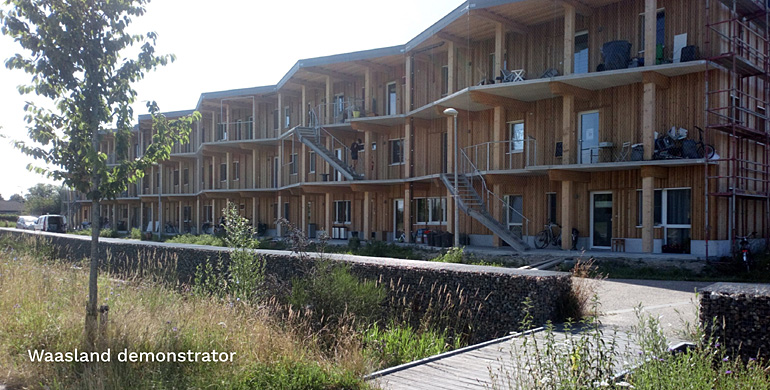The solar power market is globally growing at a record pace. Last year, according to Solar Power Europe's Market Outlook report (2021), the EU’s solar power generation capacity increased by another 19% to almost 165 GW. Modelling scenarios predict also for the coming years continuous two-digit annual growth towards an estimated total EU solar capacity of 672 GW in 2030.
The flip side of the coin is that eventually, as the installed capacity grows, so will the volume of discarded PV modules entering the waste stream. If we aim for a truly sustainable transition towards a low carbon renewable energy future, we will need a systemic shift towards circular business solutions, also in the solar PV market.
CIRCUSOL is a European project in which 15 partners have united, precisely around this challenge. The goal was to explore potential solutions for the solar power industry to achieve higher resource efficiency by lengthening and closing product and material loops. Through experiments in real-life demonstrators and co-creation workshops with key-stakeholders, opportunities and barriers for future circular business models in the PV sector were identified. The focus was on reuse and product-as-a-service models, to support lifetime extension, repair and remanufacturing, in addition to recycling.
Reality proved to be a lot more complicated and more nuanced than expected. Yet, as the end of the project is approaching, some interesting conclusions can be drawn.
First, let it be clear that from an environmental point of view, extending the use time of a PV installation yields clear environmental benefits. Life cycle analyses have shown that the environmental impact of electricity produced with an installation which was kept in use for 30 years was lower than for any other scenario, in which old modules were replaced after 10 or 20 years with newer, more powerful ones. Higher electricity yields for the same surface could not offset the additional environmental burden caused by the production of the new modules needed to repower the installation.
Does this mean that 2nd life PV will soon conquer the market? Probably not. Or at least, not in the residential or utility-scale segments. The business case for 2nd life PV modules very much depends on the targeted application and market segment. For private investors (residential/utilities), return on investment is usually the leading decisive factor. Incentives to go for (environmentally friendly) 2nd life panels are usually non-existent. So, in those cases, the 2nd life business case doesn’t make sense.
Yet, there might be other opportunities, in cases where little surface restrictions apply or in offgrid applications. In the CIRCUSOL demonstrators, second life PV was applied on the roof of a co-housing community, where ample space was available. Also, it was successfully used to assemble urban charging hubs for e-scooters and e-steps. With a little imagination, other opportunities could be explored, in off-grid power supplies for lowincome countries, or in agrivoltaics, for example.
In conclusion, 2nd life PV might in several cases be a viable option, and should not just be ignored. A huge amount of PV-modules will flood our waste facilities in a not-so-far future. Will recycling be the only option, or will we also try to reap the benefits of PV reuse?

Contact details:
Website: www.circusol.eu
Twitter: @circusol
LinkedIn: https://www.linkedin.com/company/circusolproject